At RoadwayReady we participate in multiple ad and affiliate programs to help support the costs associated with keeping this site up and running. As an Amazon Associate, we can earn from qualifying purchases that we link to as well as earn money from any ads that may be present on our website. See my privacy policy here. Thank you
How To Use A Bike Pump? - Beau Turn...
Please enable JavaScript
How To Use A Bike Pump? - Beau Turner Youth Conservation Center
There is nothing more frustrating than getting a flat tire while you are traveling. If you are one of the lucky ones that have a spare tire included in your car there are a few things you should know.
First off, you will notice that it is most likely considerably smaller than the normal size tires that you have on your vehicle. This is called a donut tire and it is a temporary solution. So, what should the air pressure of your spare tire be?
The air pressure or PSI of a donut spare tire is 60 PSI. If you have a full-size spare, the air pressure should be the recommended pressure on the side of the tire; typically between 32 and 38 PSI.
https://youtu.be/AeRjnKpuVWM?t=14Video can’t be loaded because JavaScript is disabled: How to Take Care of the Spare Tire in your car (https://youtu.be/AeRjnKpuVWM?t=14)
If you are looking for an easy-to-read and accurate tire pressure gauge try the ProReady Digital Tire Pressure Gauge; which you can buy here from Amazon. Its compact and lightweight design makes it an ideal pressure gauge to keep in your glove box.
These tires are for emergency situations and need to be cared for just like the tires you run every day.
We will look at how often you should check the air pressure in your spare tire. How fast you can go on a spare tire and how many miles you can put on a spare tire.
PLEASE READ: What to Do When You Have a Flat Tire for a complete guide on what to do if you indeed get a flat tire.
While we recommend checking the air pressure in your tires once a month, over here. How often should you check the air pressure in your spare tire?
How often should you check the air pressure in your spare tire?
It is recommended that you check the tire pressure in your spare tire every tire rotation; or every 6,000-8,000 miles.
Even though your spare tire isn’t doing anything, air can still leak out. Then, when you need it the most, it will not be there for you.
Carrying a small air compressor with you may not be a bad idea. First, you may be able to inflate your primary tire long enough to get it repaired.
Second, if your spare is low; you can now inflate it enough to get you on the road again.
Good job, you are doing what you are supposed to do. Check the air in your spare tire. Sooo, how do you go about doing this?
Checking the air in your spare tire is just like checking the air in your regular tires. Use a tire pressure gauge to measure the air pressure in your tires.

The biggest trick is going to be GETTING to your spare tire.
First, you have to locate where your spare tire is at. (This is best done at home, under controlled circumstances)
In a four-door sedan, the spare is most likely buried in the trunk. So all the stuff you have stored in there needs to come out first.
In a truck or minivan, it is most likely underneath the chassis. And it needs to be lowered with a special tool.
Once you find the spare and get access to it, follow the steps above to check the air pressure.
Now you know how to put into your donut spare tire, but how much air do you put in? Well, if you look at the sidewall, it’s going to tell you 60 PSI.
Why is the air pressure in a donut spare nearly double of that in a full-size tire? According to TireRack, donut spares have a higher air pressure because of their smaller dimensions.
That’s right, a donut spare has about half the contact surface of a full-size tire. To compensate for the reduced surface area, the air pressure in the tires needs to be higher than a full-sized tire.
If you are lucky enough to have a full-size spare, at what air pressure do you keep that tire. There are actually three types of full-size spares; let’s look at each one.
A matching full-size spare is just like the tires you are using on your vehicle. These should be inflated with the same air pressure as your running tires.
In fact, they should be incorporated in with the tire rotation, so that they wear out evenly along with your regular tires.
I was able to run my matching full-size spare for several weeks before I replaced my tire.
This is a normal tire, however, it does not match the tread pattern or may not match the size of your running tires.
Nevertheless, these are normal running tires and should have the same air pressure as your regular tires.
These are still temporary and should be replaced by a matching tire as soon as possible.
These tires have the diameter of a full-size tire, but the profile of a donut spare. Follow the manufacturer’s recommended air pressure for these types of tires.
You can find this information in the owner’s manual or the sidewall of the tire.
There you have it. Spare tires are easy to forget about, but they need to be maintained like any other tire. After all, a flat spare won’t do you any good in an emergency situation.
Next time you are performing maintenance on your tires, don’t forget to check the spare.
Safe travels…
https://www.tirerack.com/tires/tiretech/techpage.jsp?techid=141
https://www.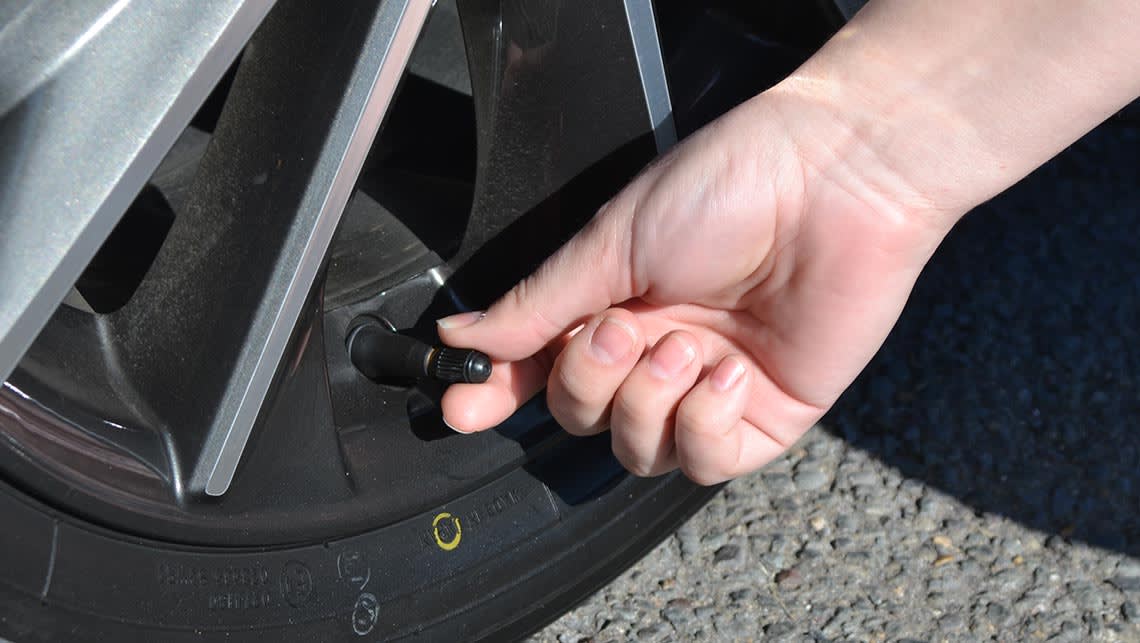 doityourself.com/stry/5-facts-about-spare-tires
doityourself.com/stry/5-facts-about-spare-tires
There are two things to consider when determining how long you can drive on a temporary spare tire. Those factors are distance and speed. You Should NOT drive on a donut for more than 50-70 miles. However, you can stretch this range to 90 miles or so if absolutely needed.
How To Put On a Spare Tire
Extra mileage is not a good idea, these tires are temporary for a reason. You should not attempt to drive long distances on these tires. Temporary spare tires come with such little tread to begin with.
You don’t patch a spare tire for the same reason you don’t patch a solo cup. It’s temporary cheap junk.
Tweet
Temporary spare tires are not designed to take on poor road conditions. They won’t be the same as a normal tire. So, any bump, projectile, or road hazard could cause your donut tire to blow out.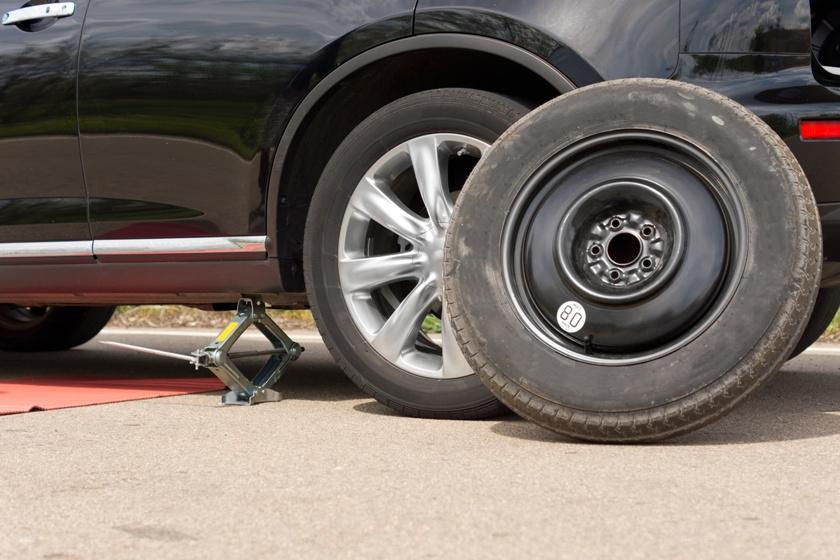
You can use a spare tire more than once. Just remember to check the tires wear conditions and PSI before using. If the tire does not pass the safety check, you should not use the spare tire. This means you need to buy a new tire.
Advertisements
Spare Tire and JackWhat PSI Should a Donut BeUnderstanding what PSI your tire should be at is critical to the safety of you, your car, and your passengers. A tire should be replaced, with a donut, when one of your tires blows out or goes flat.
A donut spare tire should have a pressure of 60 pounds per square inch (PSI). HOWEVER, you should always check your vehicle’s manual to find the correct pressure for your spare tire. Before you put your spare tire on your car or truck, there are a few things you need to check.
Digital Tire Pressure Gauge
Designed to maintain correct tire pressure, reduce tire wear and extend tire life; Digital display reading instantly and clearly being shown, no longer do the guesswork of analog gauges!
Buy Now
First and foremost, check your donuts air pressure. If your temporary spare tire is under inflated it is important to pump more air into it before driving off. It is important to keep a portable tire inflator in your vehicle’s trunk or car storage areas at all times in case of emergencies.
If your temporary spare tire is under inflated it is important to pump more air into it before driving off. It is important to keep a portable tire inflator in your vehicle’s trunk or car storage areas at all times in case of emergencies.
Another important safety factor that you need to take into consideration when replacing your tire with your temporary spare, is your other tires sizes. If your tires are not factory or stock, your donut tire may not allow your car to ride properly if installed with your new aftermarket wheels. It is always best practice to get a new spare tire if you upgrade your wheels.
How Fast Can You Drive on a Spare TireThe second factor of safety to take into consideration when replacing a flat tire is the speed your spare tire can handle. How fast you drive on a temporary spare tire depends on your particular spare tire’s ratings. As a general rule of thumb you should never travel over 50 miles per hour (MPH) on your donut tire.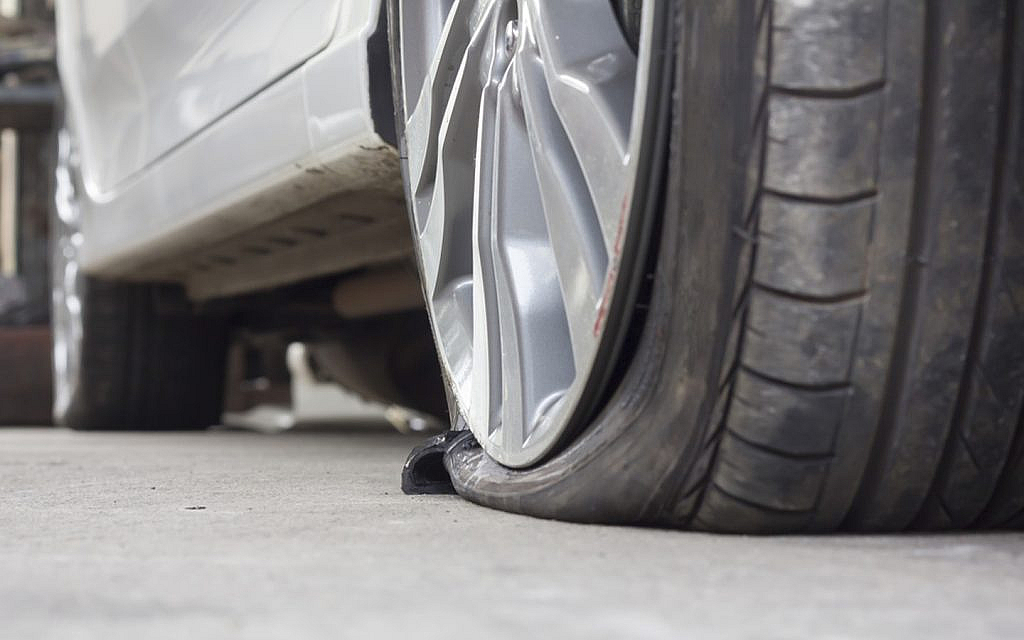 It is best to avoid the freeway, to keep your speed down. Traveling at a speed greater than 50 MPH could cause further damage to your car or truck.
It is best to avoid the freeway, to keep your speed down. Traveling at a speed greater than 50 MPH could cause further damage to your car or truck.
Life is fast. Are you living for what matters?
Tweet
When regarding load capacity, speed capability, or all-weather traction, temporary tires are NOT designed the same as a normal tire. It is very important to check your vehicle’s owner’s manual and/or the temporary spare’s sidewall for instructions on proper use. This simple preventative measure could prevent a wreck, severe injury, or even death.
Your vehicles braking, handling, and cornering characteristics are going to decrease when driving on a donut tire. The donut tire will decrease your vehicle’s braking and handling due to that fact that it is smaller in size when compared to your other tires.
Additionally, your vehicle leans to or dips in the direction that the donut tire is. With this in mind, your vehicle will tend to pull where the spare tire is located.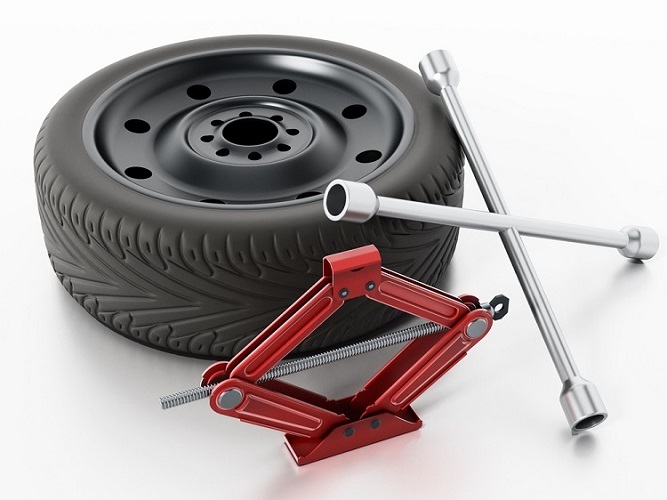 It is super important to understand what driving on a donut is going to feel/be like before taking off.
It is super important to understand what driving on a donut is going to feel/be like before taking off.
When looking to purchase a spare tire, it is important to know the difference between a spare tire and a donut tire/temporary spare tire.
A spare tire is a tire that is identical to the tires that are currently on your vehicle. This means that, that spare tire has the same load capacity, speed capability, or all-weather traction. These spare tires are typically on trucks, jeeps, or larger vehicles.
Unlike a spare tire, God is not a back up plan.
Tweet
A temporary spare tire, aka a donut tire, is a smaller tire. A temporary spare tire provides you with short or temporary means of transportation. These types of tires are usually on/in cars or smaller vehicles.
Now that you know the difference, it’s important to know where to buy the best and cheapest donut or spare tire(s).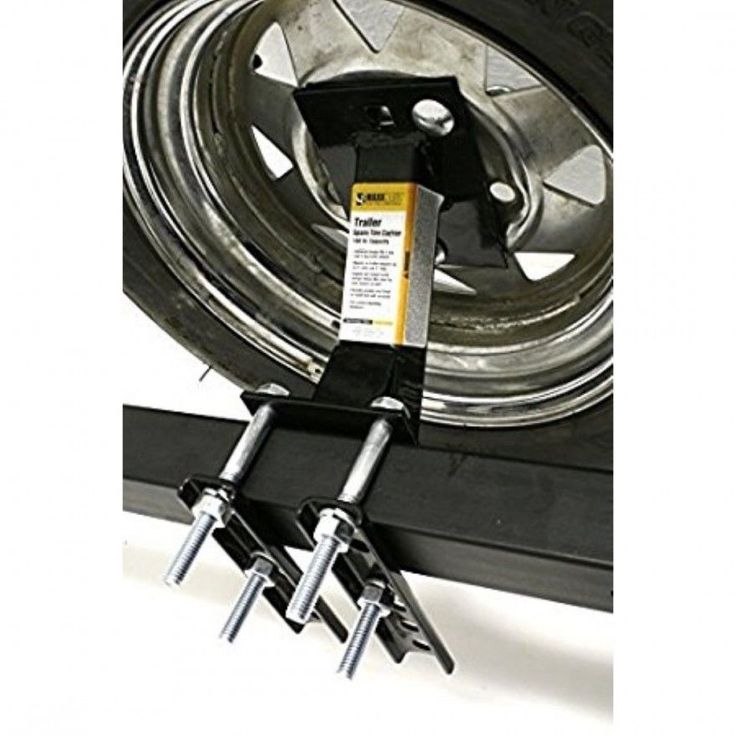 The answer is, some donut tires can be bought online for as low as $40. These tires are far more expensive at a tire retailer or mechanic shop. Where a spare tire can range dramatically is when it comes to the size and brand.
The answer is, some donut tires can be bought online for as low as $40. These tires are far more expensive at a tire retailer or mechanic shop. Where a spare tire can range dramatically is when it comes to the size and brand.
A temporary spare tire can not be fixed or patched and is meant for limited use. The rubber simply isn’t thick enough to hold a plug reliably.
These tires have no belt and little to no tread. Most importantly, these tires are not reinforced. This means that these tires are already “fragile”. Drive on these tires with caution.
The temporary spare tire is simply made to get you to the repair facility you had your new tires shipped to. Find the right tires to ship to your local dealer!
Symptoms of Spare TiresThere aren’t specifically symptoms of a spare tire, more so, there are signs that you need to put on your spare tire.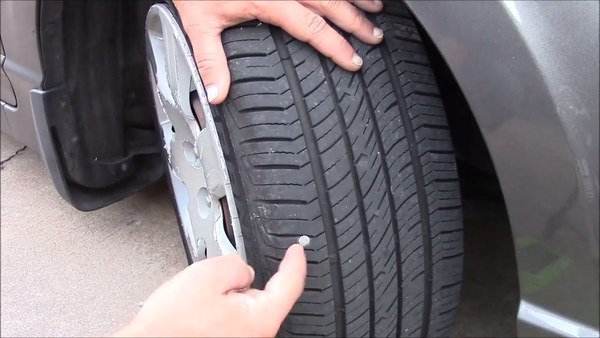 Signs you need to put on your spare tire:
Signs you need to put on your spare tire:
Related materials
Wheels: what you need to know when choosing?
A stowaway is any spare wheel with a wheel and tire size that differs from the dimensions of the wheels mounted on the vehicle. Also, the tire model must be identical to the main set of tires. Manufacturers usually use a stowaway to save space in the luggage compartment and reduce the cost of the car.
However, not all cars have a stowaway. On European cars, the probability of seeing a dokatka in the trunk, or even just a tire repair kit, is higher. But Japanese, Korean, and especially Chinese manufacturers often prefer a full-fledged fifth wheel, and even on an alloy wheel. This is a kind of adaptation to bad roads in those countries where their products will travel. On such a spare wheel, of course, you can ride for as long as you like, but! All this applies only to the summer season. After all, any spare wheel (be it a full-size spare wheel or a dokatka) implies a summer tire. And a summer wheel in addition to three winter ones will already be a dokatka. Even an inexperienced driver will feel something is wrong with the behavior of such a car. Therefore, when using a dokatka in winter, it is important to observe the following rule:
After all, any spare wheel (be it a full-size spare wheel or a dokatka) implies a summer tire. And a summer wheel in addition to three winter ones will already be a dokatka. Even an inexperienced driver will feel something is wrong with the behavior of such a car. Therefore, when using a dokatka in winter, it is important to observe the following rule:
If civilization, where you can repair a punctured tire or buy a new one, is far away, then the stowaway should be installed on the rear axle, albeit at the cost of a double rearrangement of the wheels. This also applies to rear wheel drive vehicles. They have rear wheels for good acceleration, and front wheels for good braking. And what is more important to you?
Related materials
If I change wheels, do I need to balance them every season?
However, the dokatki are also different. The pressure inside the tire depends on its type. The pressure in most cases is indicated on the same plate as the pressure in all wheels.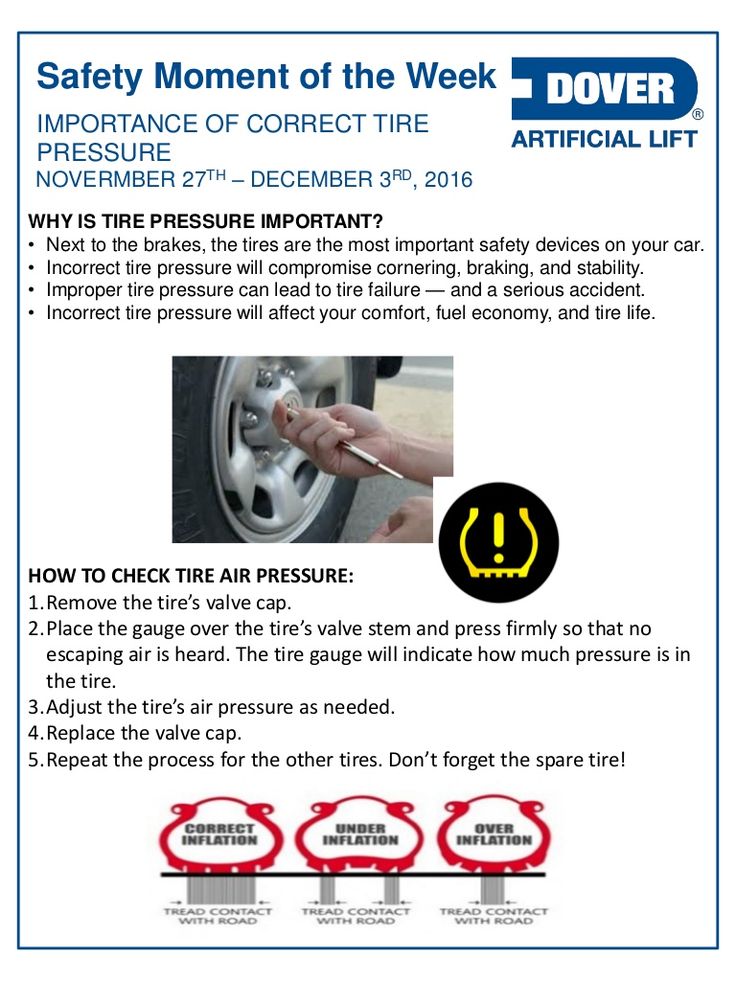 Often it is indicated on the tire itself or, in case of loss of this information, you should look at the instructions for the car. Sometimes manufacturers put a spare wheel in the trunk with a tire as wide as the rest of the wheels or slightly different, but mounted on a steel rim smaller than the rest of the wheels, in diameter. Often this wheel is “taken” from the basic configuration of the same car. The outer diameter of such a spare tire will be the same, but the ratio of the height and width of the tire will be different. The pressure in such a spare wheel must be the same as that prescribed by the manufacturer for ordinary car wheels.
Often it is indicated on the tire itself or, in case of loss of this information, you should look at the instructions for the car. Sometimes manufacturers put a spare wheel in the trunk with a tire as wide as the rest of the wheels or slightly different, but mounted on a steel rim smaller than the rest of the wheels, in diameter. Often this wheel is “taken” from the basic configuration of the same car. The outer diameter of such a spare tire will be the same, but the ratio of the height and width of the tire will be different. The pressure in such a spare wheel must be the same as that prescribed by the manufacturer for ordinary car wheels.
Another type of dokatka is a wheel with a normal disk of nominal diameter and a tire with a low (2–4 mm) tread. With such a wheel, you have to be even more careful in winter due to the low tread height. Even if it is installed on the rear axle, the car can easily skid. The pressure in such a wheel is usually slightly higher than that recommended by the manufacturer for other wheels.
Related materials
What if you put bigger wheels? — expert examination of the ZR
But most of all in the Russian outback, with its usually broken roads, they do not like classic Euro-rollers. A thin and narrow steel disk, a tire with a profile not much wider and higher than a mountain bike, but, unlike the latter, the tread height resembles half-worn inscriptions on ancient plates. In my opinion, on our roads such a wheel should only be on the rear axle, even in summer. It is very easy to break through it on uneven roads like pits or tram rails. If, at the same time, the Euro-roller is installed on the rear axle, it will be easier for the driver to control and stop the car. Yes, and do not forget that the pressure in such a stowaway should be very high: up to 4.2–4.5 bar.
And one more thing: even when operating in the summer, be sure to observe the speed limit, which is written on any dokatka. As a rule, it is 80 km/h.
The main thing: on any dokatka there is an inscription "Temporary use only" ("Temporary use").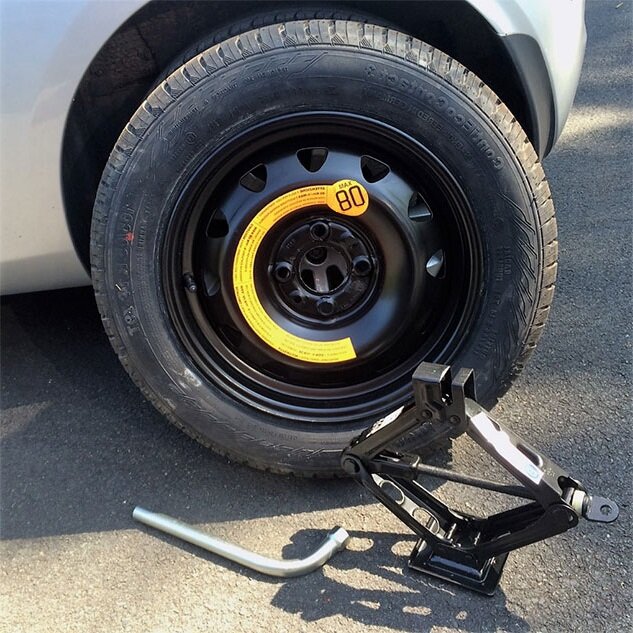 That says it all. The less you drive on any of the docks, the better. Of course, in theory, even a Euro-roller can withstand several thousand kilometers in terms of its physical properties. But at the same time, the tread will remain less and less. Will it ever be needed again?
That says it all. The less you drive on any of the docks, the better. Of course, in theory, even a Euro-roller can withstand several thousand kilometers in terms of its physical properties. But at the same time, the tread will remain less and less. Will it ever be needed again?
Good luck on the road and take out the spare tire less often!
Our new video
These 5 things you should have in your car in winter. Do you have them?
The most coveted Volga: 7 seats and a TV inside
Kangaroo test: our assembly, Chinese essence, Largus price
Like this note? Subscribe and you will always be in the know!
Driving on Yandex.Zen
Every prudent driver must have a spare wheel in the car - with our roads you need to be ready for anything. But not all motorists are wondering what kind of stowaway is better to use and how much you can drive on it. Today we will talk about just that.
The simplest definition of a spare wheel is an additional wheel whose rim and tire size is different from those already fitted to the vehicle. The best option is when the rubber models on the main set and the dokatka coincide, but this is not common - sometimes, even when buying a new car, you understand how the manufacturer saved money. Mostly Europeans suffer from this, where instead of a spare wheel you can only find a repair kit. Of course, in this way space is saved in the car, but there will be no sense in it if you break the wheel, and there will be nothing to replace it with. Much nicer in this regard are Asian automakers (Korea, Japan, even China), which often equip their cars with a full-fledged fifth wheel on an alloy wheel.
No matter how good a dokatka is, it will not replace an ordinary wheel. This is especially true during the winter season.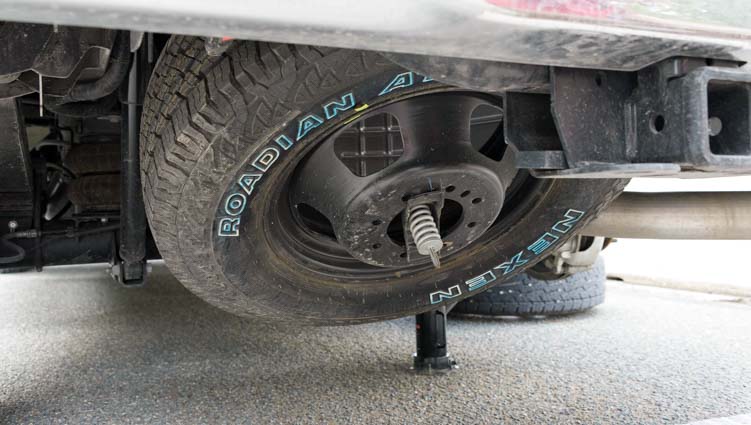 In the summer, you can ride a spare tire for several days without risking your life, but you should not do this in the snowy season. The reason is banal - summer tires are always put on the dokatka. In driving, a car with a similar set of wheels will behave ambiguously. Tip: try to always put the spare wheel on the rear axle, even if this requires several castlings. Your front-wheel drive or rear-wheel drive does not play a role here, because. It's better to brake well and accelerate badly than vice versa.
In the summer, you can ride a spare tire for several days without risking your life, but you should not do this in the snowy season. The reason is banal - summer tires are always put on the dokatka. In driving, a car with a similar set of wheels will behave ambiguously. Tip: try to always put the spare wheel on the rear axle, even if this requires several castlings. Your front-wheel drive or rear-wheel drive does not play a role here, because. It's better to brake well and accelerate badly than vice versa.
In a word - different:
Depending on which spare tire your vehicle is equipped with, the pressure for the secondary tire will also vary. To find out this figure - look at the plate, which indicates the pressure and the main wheels for the car, directly on this tire or in the instructions for the vehicle.